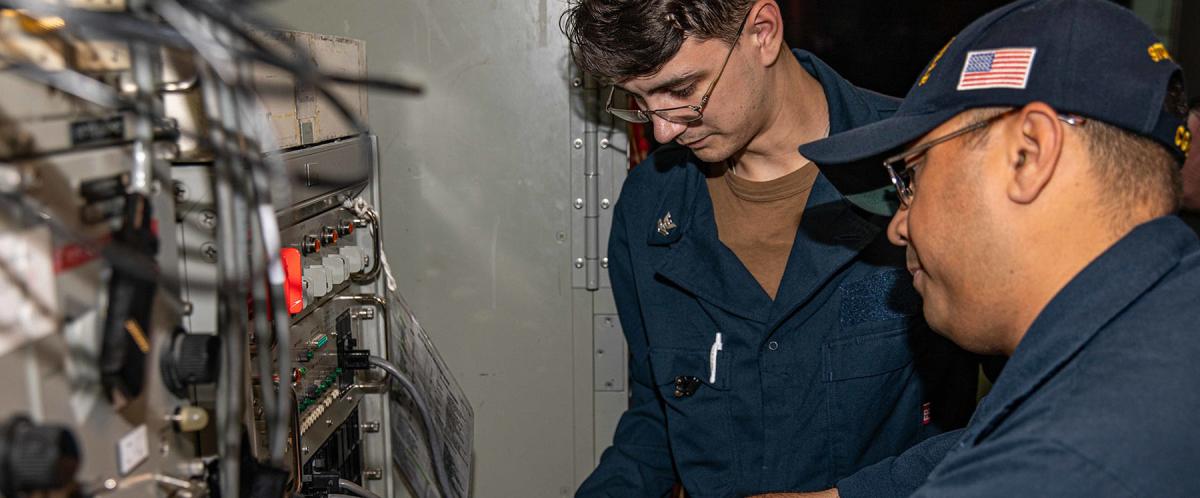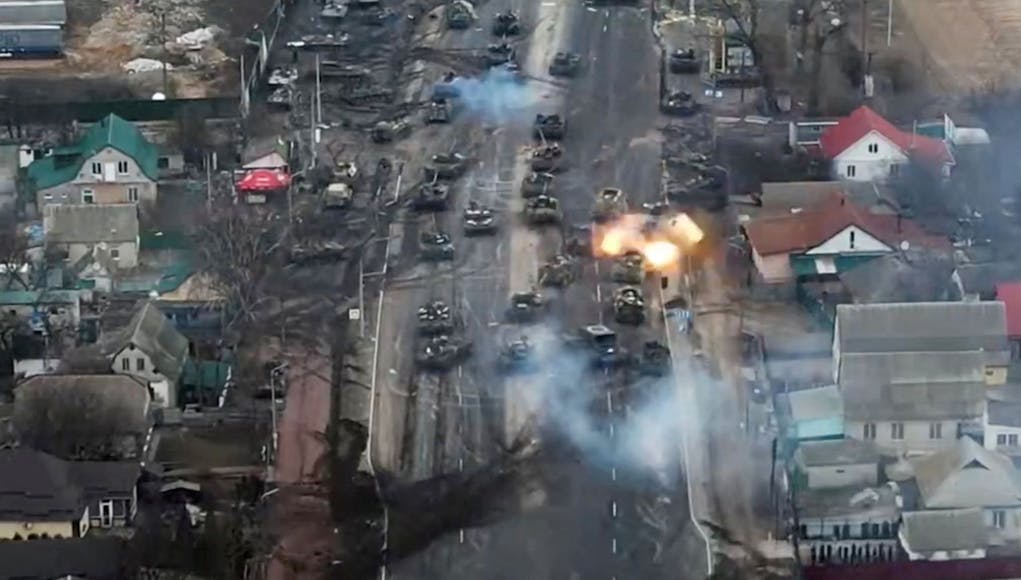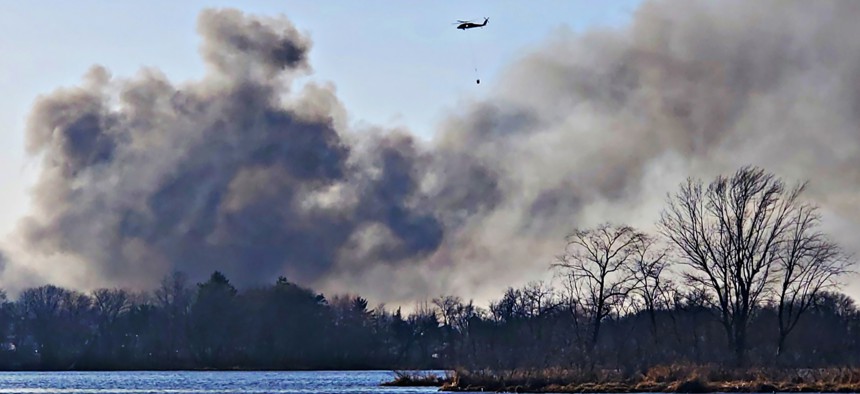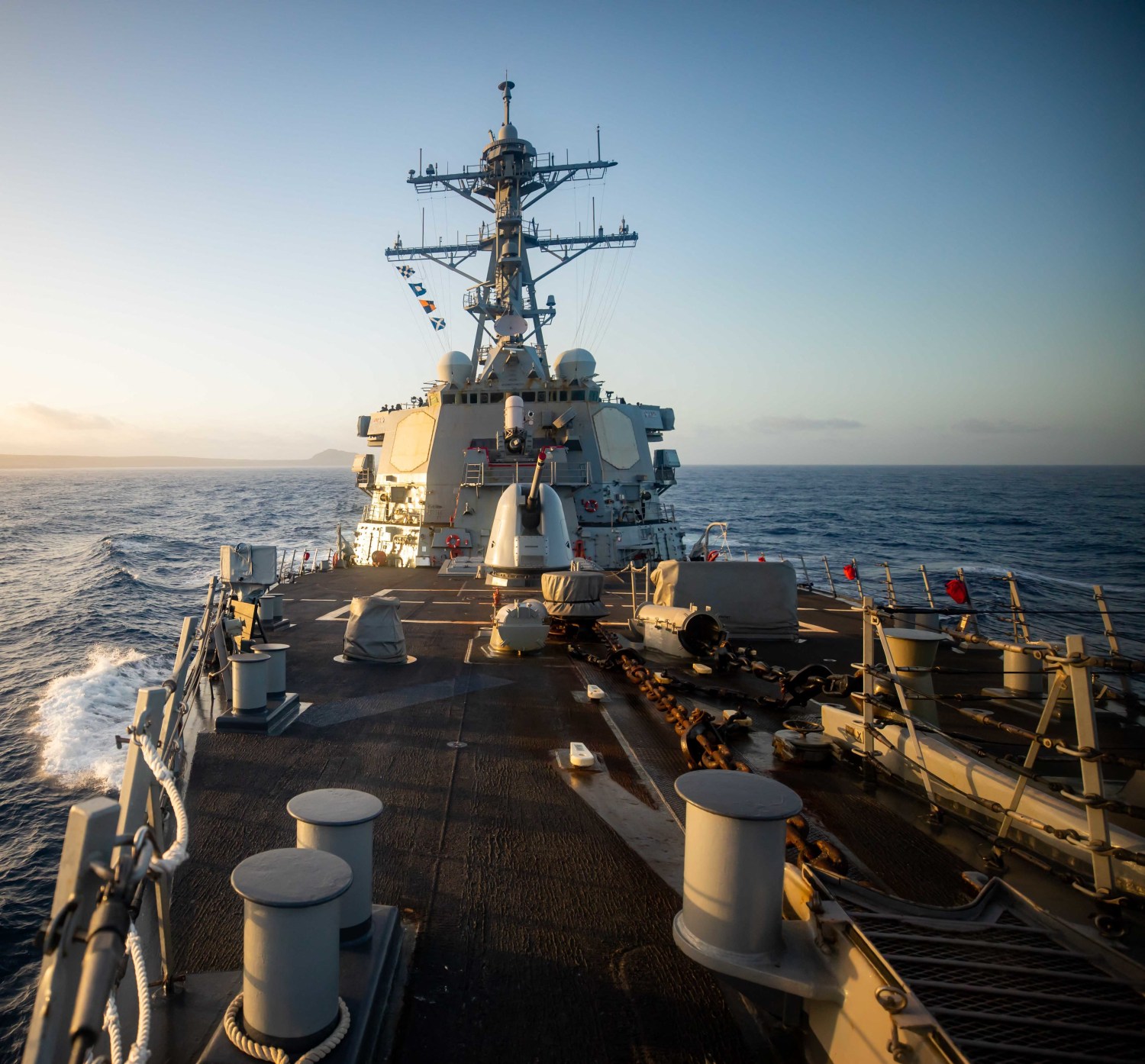Yuka Hayashi
WASHINGTON—The Biden administration is preparing to restrict Chinese companies’ access to U.S. cloud-computing services, according to people familiar with the situation, in a move that could further strain relations between the world’s economic superpowers.
The new rule, if adopted, would likely require U.S. cloud-service providers such as Amazon.com AMZN 1.11%increase; green up pointing triangle and Microsoft MSFT -1.19%decrease; red down pointing triangle to seek U.S. government permission before they provide cloud-computing services that use advanced artificial-intelligence chips to Chinese customers, the people said.
The Biden administration’s move on cloud services comes as China said Monday it would impose export restrictions on metals used in advanced chip manufacturing.
This high-stakes conflict over supply-chain access to the world’s most advanced technology is escalating in the days ahead of Treasury Secretary Janet Yellen’s visit to China, a trip the Biden administration hopes will ease tensions. Yellen’s talks in Beijing are expected to touch on macroeconomic conditions in each country, as well as climate change and debt in the developing world.
The U.S.’s proposed cloud restrictions are seen as a means to close a significant loophole. National-security analysts have warned that Chinese AI companies might have bypassed the current export controls rules by using cloud services.
These services allow customers to gain powerful computing capabilities without purchasing advanced equipment—including chips—on the control list, such as the A100 chips by American technology company Nvidia NVDA 0.95%increase; green up pointing triangle.
“If any Chinese company wanted access to Nvidia A100, they could do that from any cloud service provider. That’s totally legal,” said Emily Weinstein, a research fellow at Georgetown Center for Security and Emerging Technology.
The Commerce Department is expected to unveil the action within the coming weeks as part of an expansion of its semiconductor export control policy implemented in October, the people said.



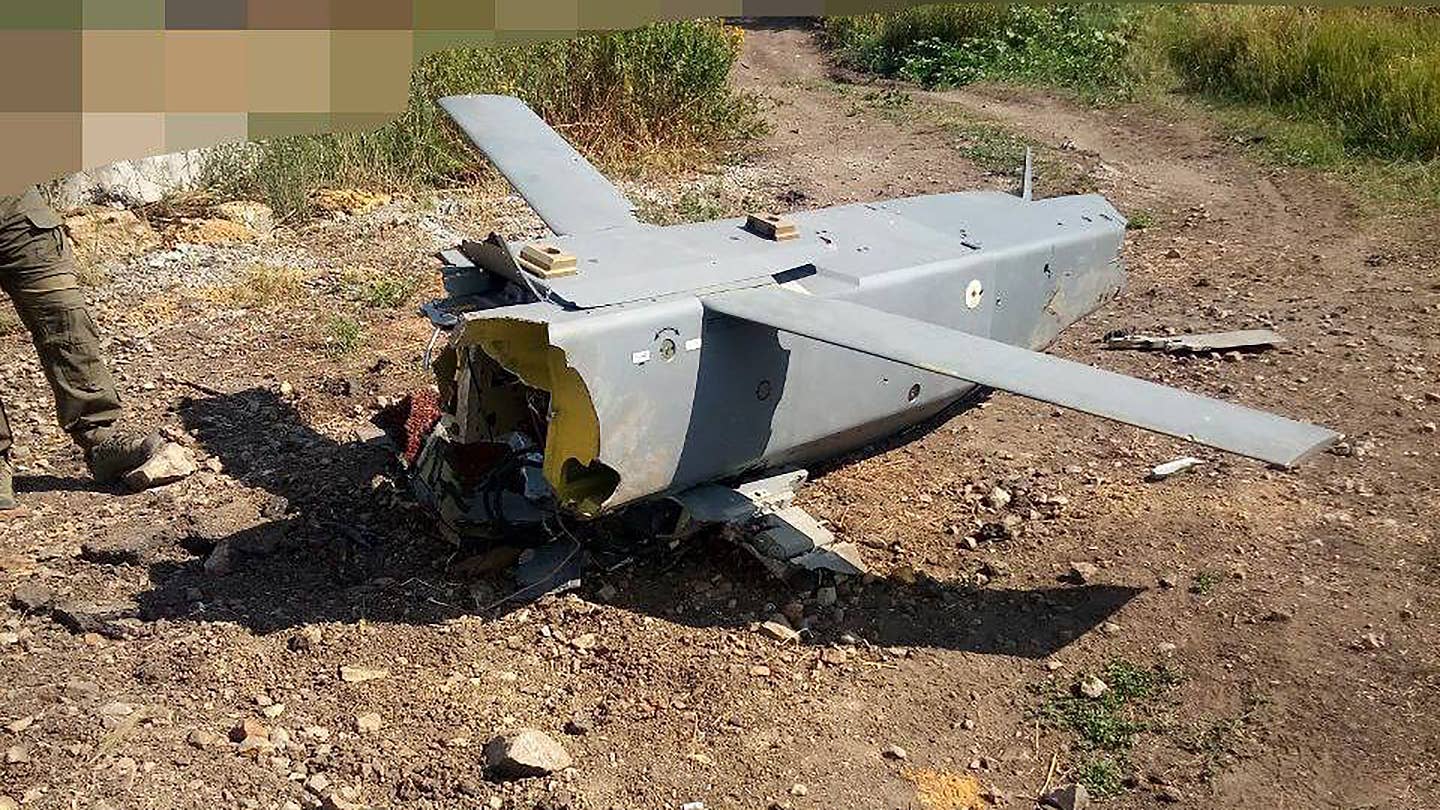
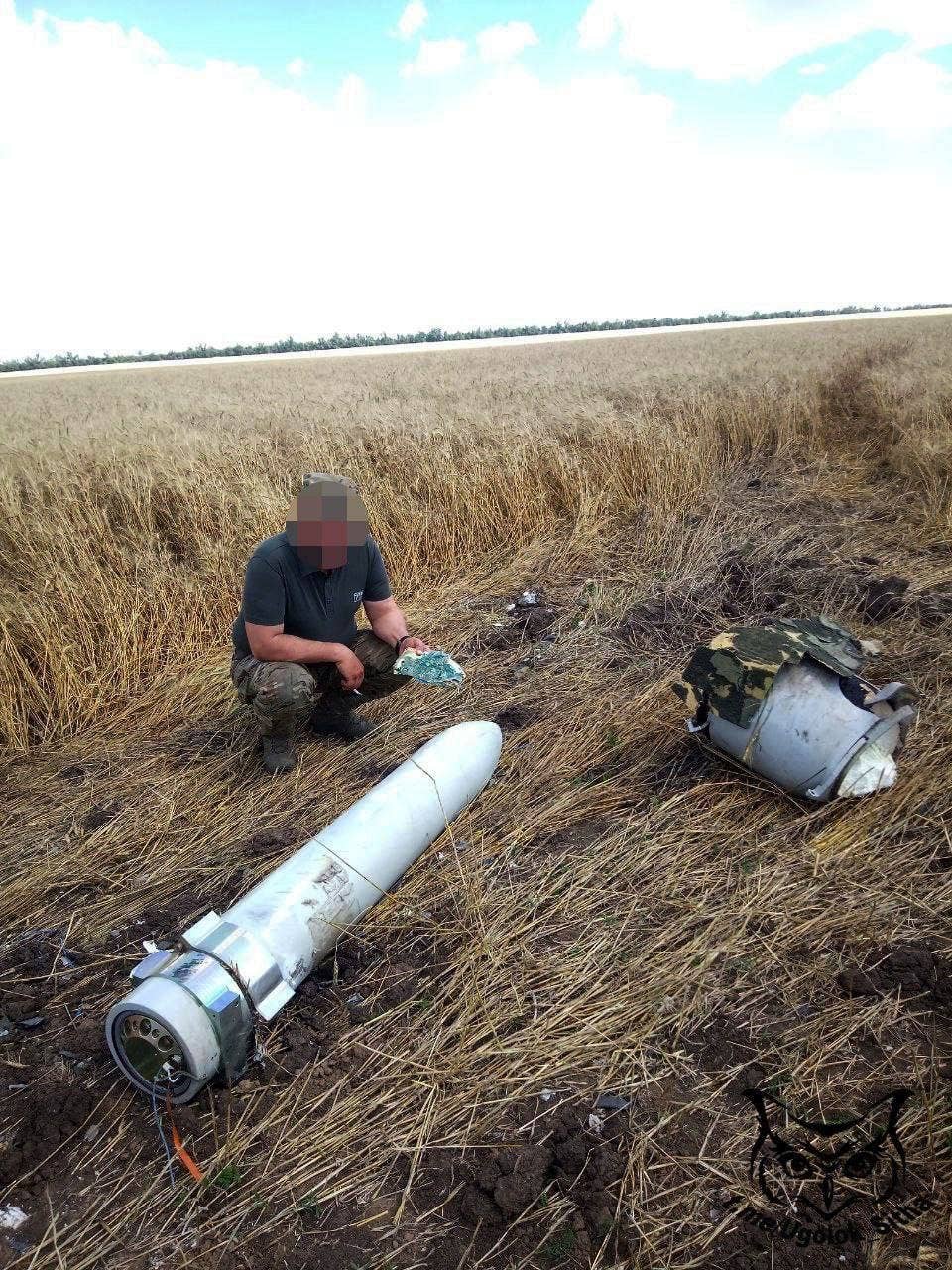

:quality(70)/cloudfront-us-east-1.images.arcpublishing.com/archetype/JHSPVZH7GRDR5DSOVWEUFHKW4M.jpg)
